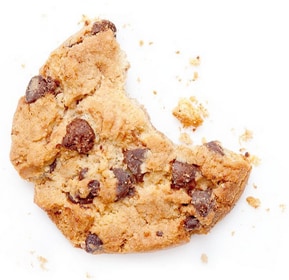10 Years of Nephrogenic Systemic Fibrosis (NSF) – What Conclusions Can Be Drawn From Report Numbers?
The European Medicines Agency (EMA)1 and the European Society of Urogenital Radiology (ESUR)2 categorize all macrocyclic gadolinium-based contrast agents (GBCAs) as low risk for NSF development. A similar conclusion was drawn by the Canadian Association of Radiology (CAR)3 and the American College of Radiology (ACR)4. The NSF risk classification is largely based on single-agent NSF reports. However, different numbers of NSF reports are frequently cited.
A recent study by Endrikat et al.5 analyzed 779 NSF reports received by Bayer globally from 2006–2016. The analysis showed that the year of market introduction and the market share in the years 1996–2007 greatly influenced the absolute number of NSF reports for both linear and macrocyclic GBCAs. As a result, the a priori probability of finding single-agent NSF cases is significantly different even for GBCAs of the same class.
Most single-agent NSF reports were from the U.S. Through 2006, linear GBCAs Magnevist® and Omniscan™, the two GBCAs with the highest number of NSF reports, had a combined market share of more than 80%. All other approved GBCAs had a lower market share or entered the U.S. market after May 2007 when FDA’s safety recommendations came into effect (Figure 1).

Figure 1. U.S. annual GBCA administrations (lines, right ordinate) and U.S. Magnevist® confirmed NSF reports (single agent Cowper / Girardi positive, n=68) (columns, left ordinate). The vertical dotted line indicates the introduction of the Box Warning by the FDA, May 2007, after which the number of reports drastically declined. Through 2006, Magnevist® and Omniscan™ had > 80% combined market share. Primovist®, Gadovist® and Dotarem® entered the U.S. market only in 2008, 2011 and 2013, respectively.
Finally, the interpretation of NSF reports is not standardized, potentially leading to large variability in classification of causality.
The authors conclude that simply relying on report numbers and specifically on single-agent reports is not scientifically sound and can be misleading when used for product differentiation. Further, a comparative risk assessment of different GBCAs should consider more objective product parameters such as stability, pharmacokinetics and dose.
References
1.European Medicines Agency: Assessment report for Gadolinium-containing contrast agents. July 2010
2. ESUR Contrast Media Safety Commitee of the European Society of Urogenital Radiology: ESUR Guidelines on Contrast Media (version 10.0). Vienna (Austria): ESUR Head Office; 2018. Accessed March 2018
3.Canadian Association of Radiology: Gadolinium-Based Contrast Agents in Kidney Disease. Accessed March 2018.
4. ACR Committee on Drugs and Contrast Media: ACR Manual on Contrast Media. Version 10.3, 2018
5. Endrikat J, Dohanish S, Schleyer N, et al. 10 Years of Nephrogenic Systemic Fibrosis: A Comprehensive Analysis of Nephrogenic Systemic Fibrosis Reports Received by a Pharmaceutical Company from 2006 to 2016. Invest Radiol. 2018;53(9):541–550. Authors of the study are Bayer employees.

